Without doubt, Piranesi’s Le Antichità Romane (Roman Antiquities) (1784) is among the most splendid books in the Library’s collection. Piranesi died 244 years ago as of November 2022.
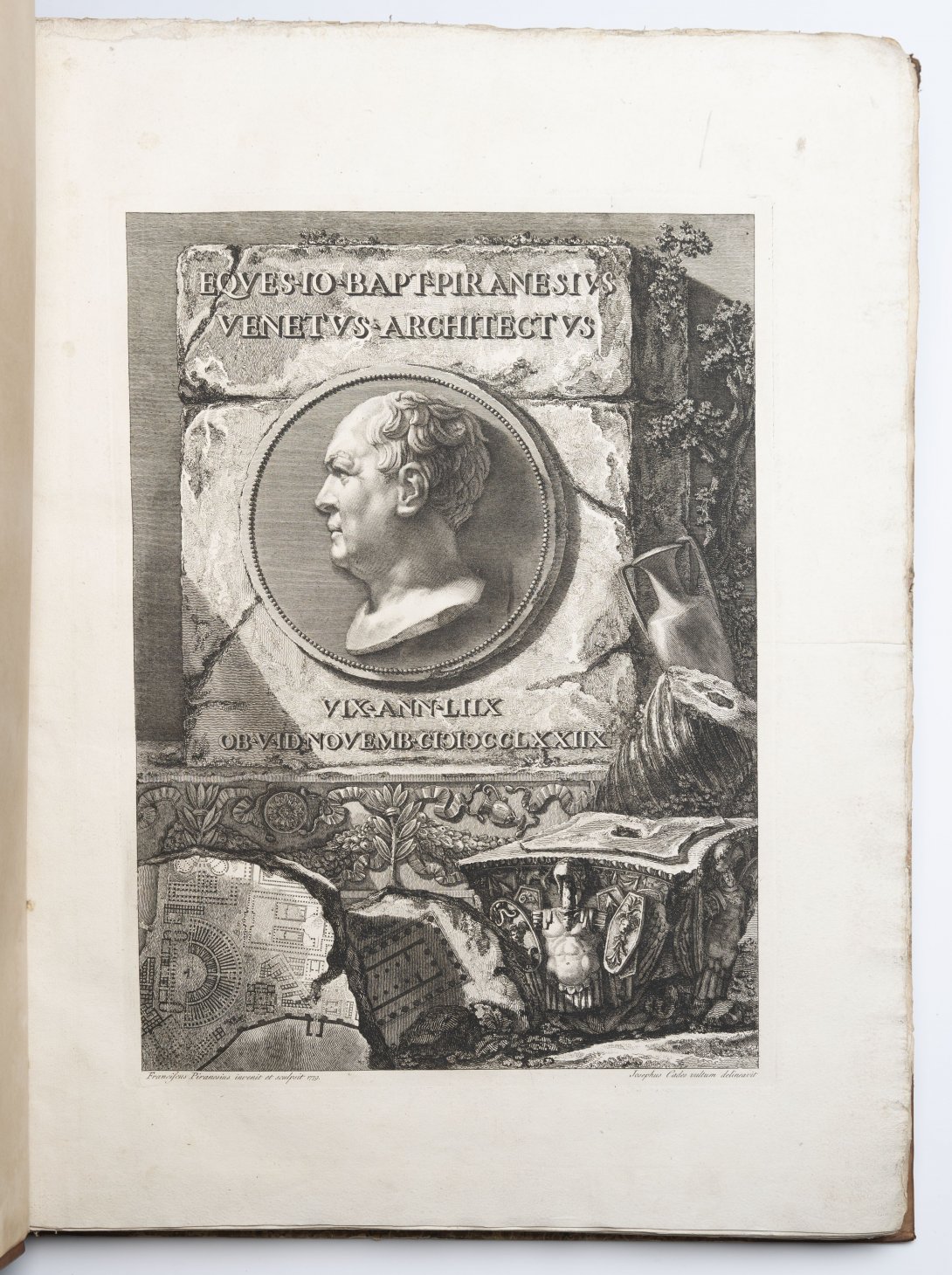
Giovanni Battista Piranesi (1720–1778) was a Venetian architect who was best known for his printmaking.
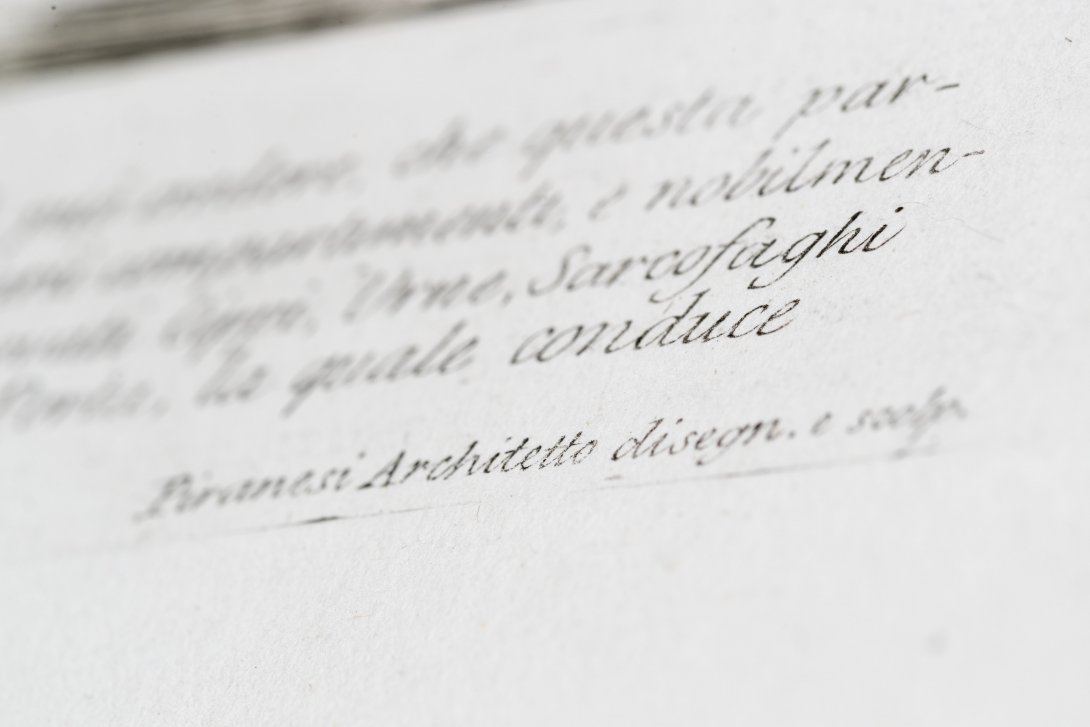
He first came to Rome in 1740 around the age of 20, and became associated with Rome for the rest of his life. His specialty was etching, a kind of printmaking that suited his labyrinthine vision.
Le Antichità Romane is a reprinting (or second edition) of a work first published in 1756, printed in Rome under the direction of Piranesi’s son Francesco Piranesi (1758–1810) in 1784.
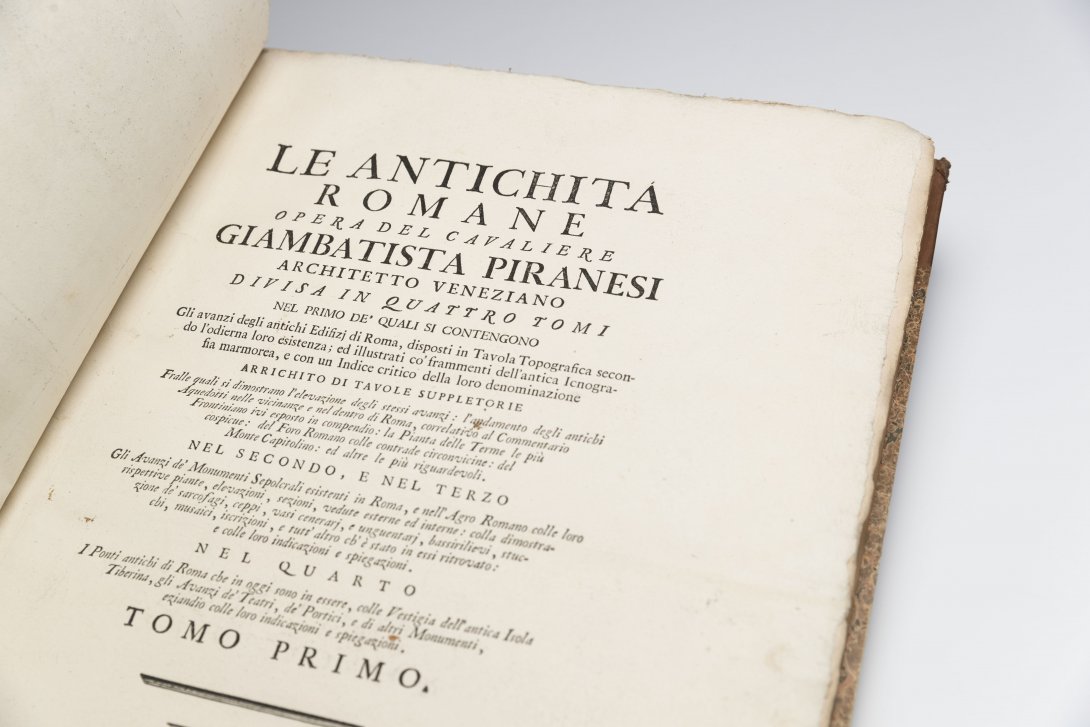
In four very large volumes – which we call elephant folios in library language – the elder Piranesi captures the ruins of ancient Rome in great detail. They are quite something to behold – atmospheric, even melancholic. Many tell you that life and power are short. Many are peopled with tiny, everyday 18th-century Romans going about their business, living amidst the ruins.
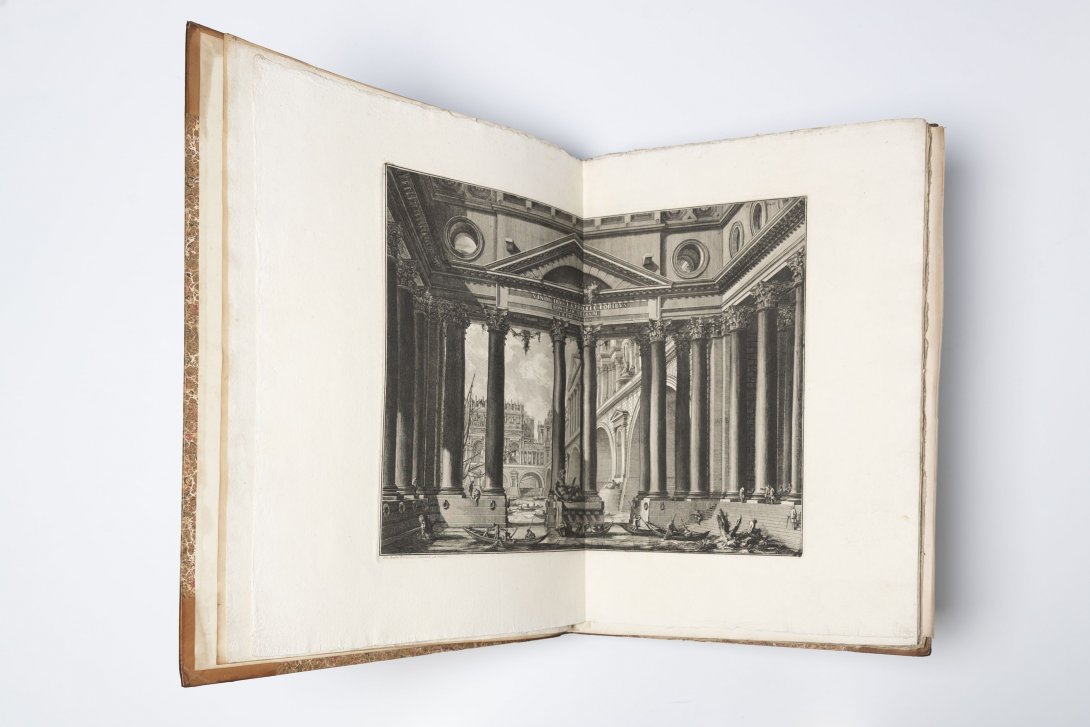
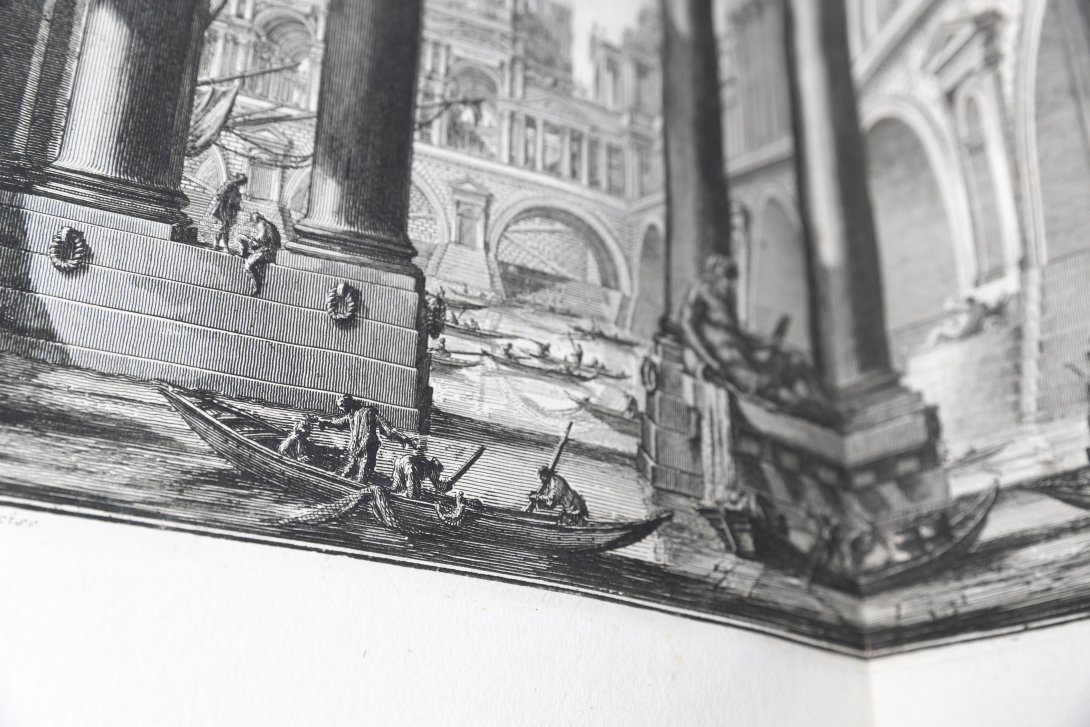
Rome’s monuments to the dead clearly fascinated Piranesi.
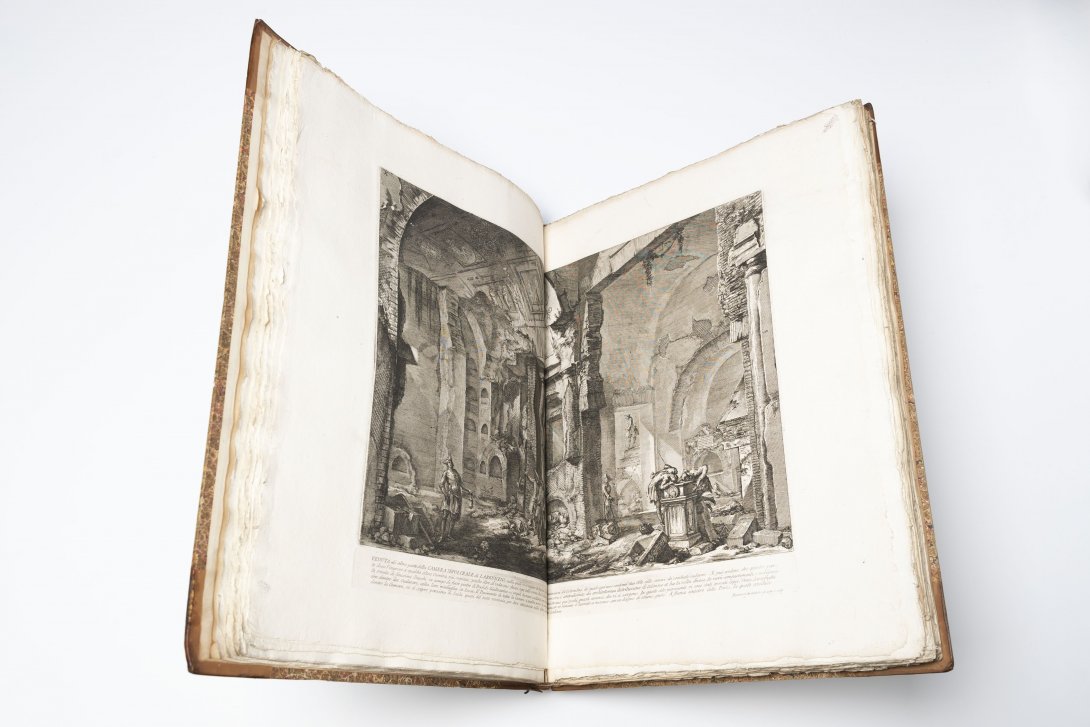
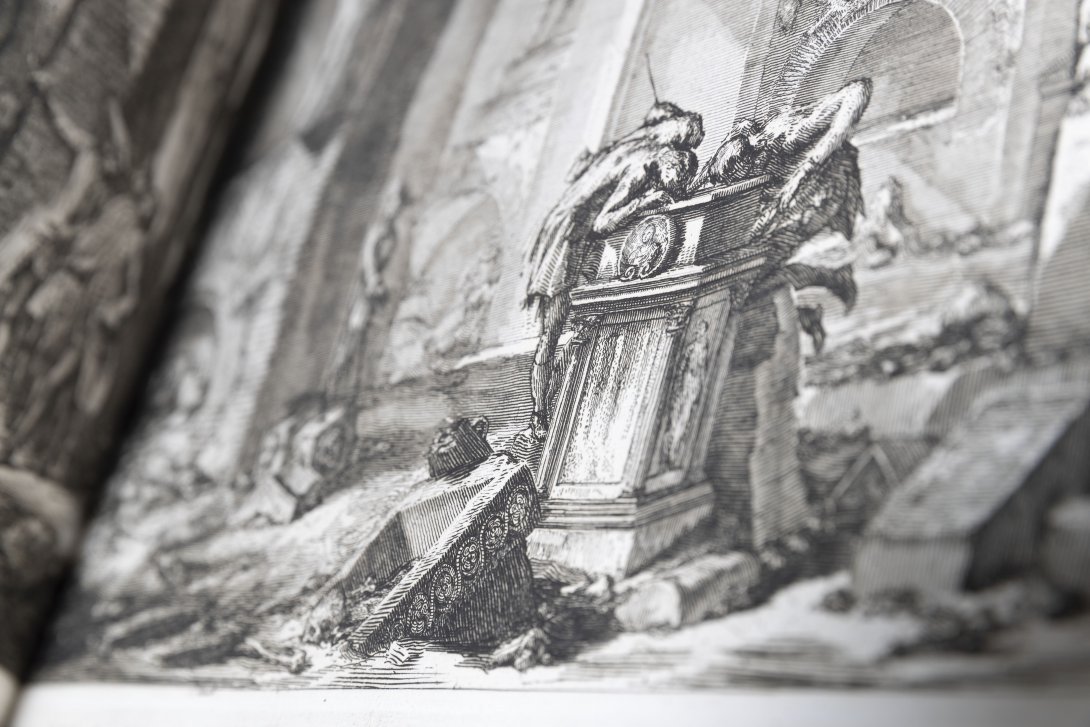
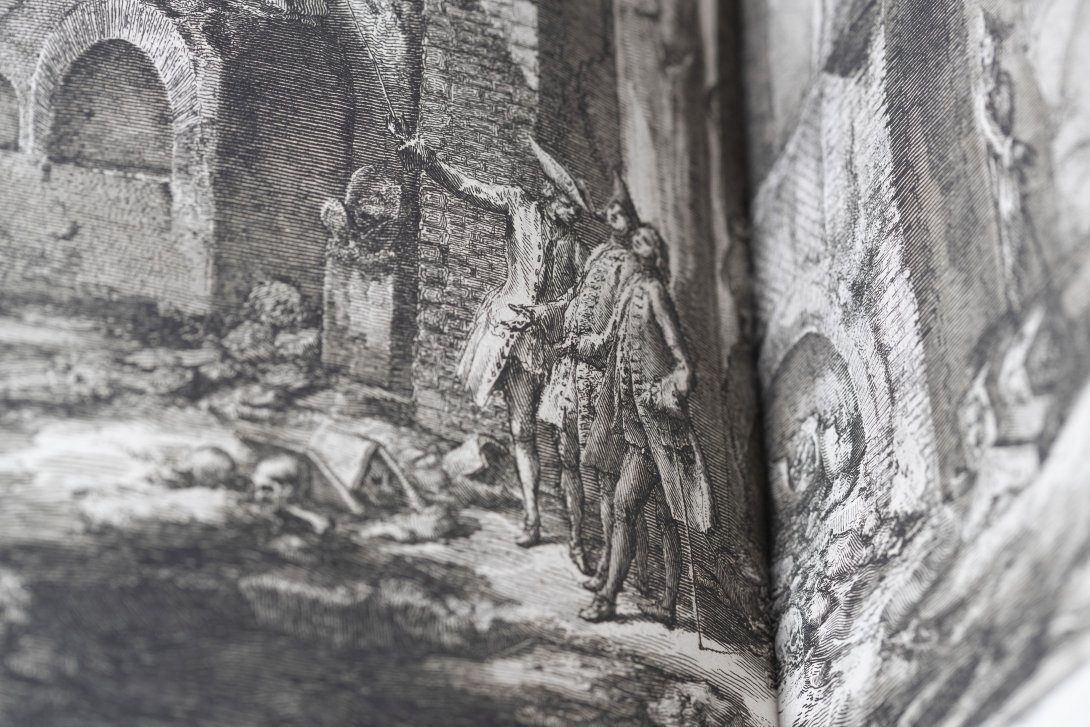
Many of the plates are intended to be scientific records of Roman architecture and artefacts.
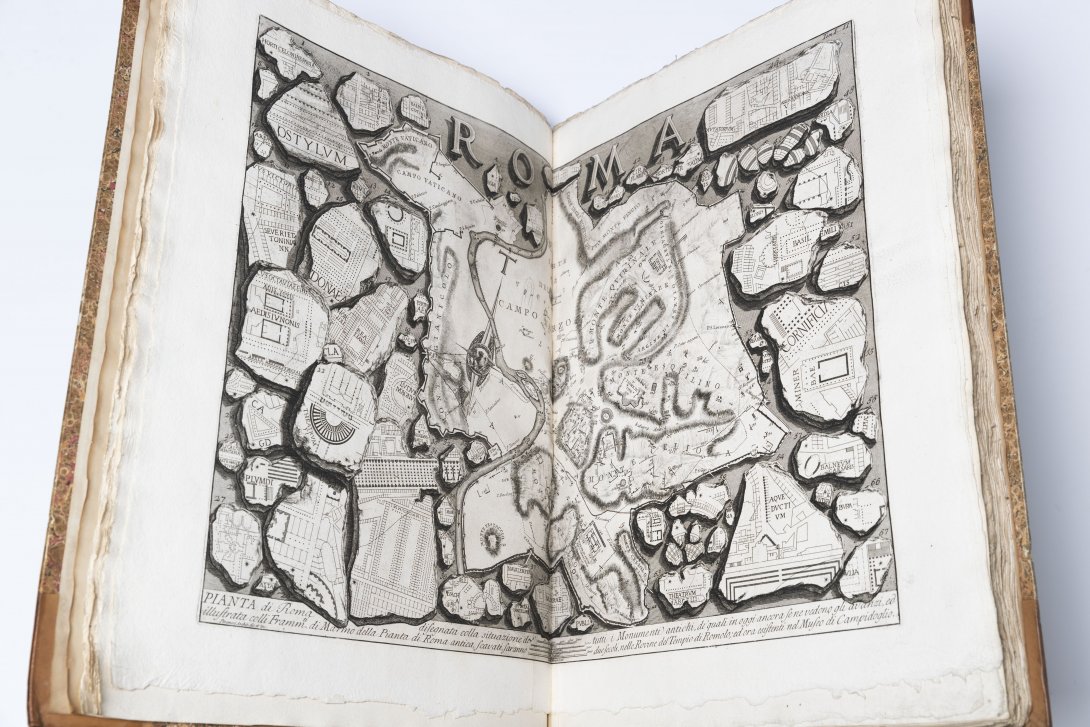
This, for example, documents remnants of a huge 3rd-century marble map of Rome that was fixed to an external wall of the Temple of Peace (Templum Pacis) in the Roman Forum. The map is known as the Forma Urbis Romae or the Severan Marble Plan. It is one of the oldest maps still, though partly, in existence. See Stanford University’s project about the map. Underneath the etching, Piranesi says that these fragments are now in the Campidoglio Museum, where they still are today, as part of the Capitoline Museum collections. Further fragments are held in other collections.
This book had the desired effect, as Piranesi was made a fellow of London’s Society of Antiquaries on the strength of his 1756 edition.
Other etchings, such as these, are pure fantasy.
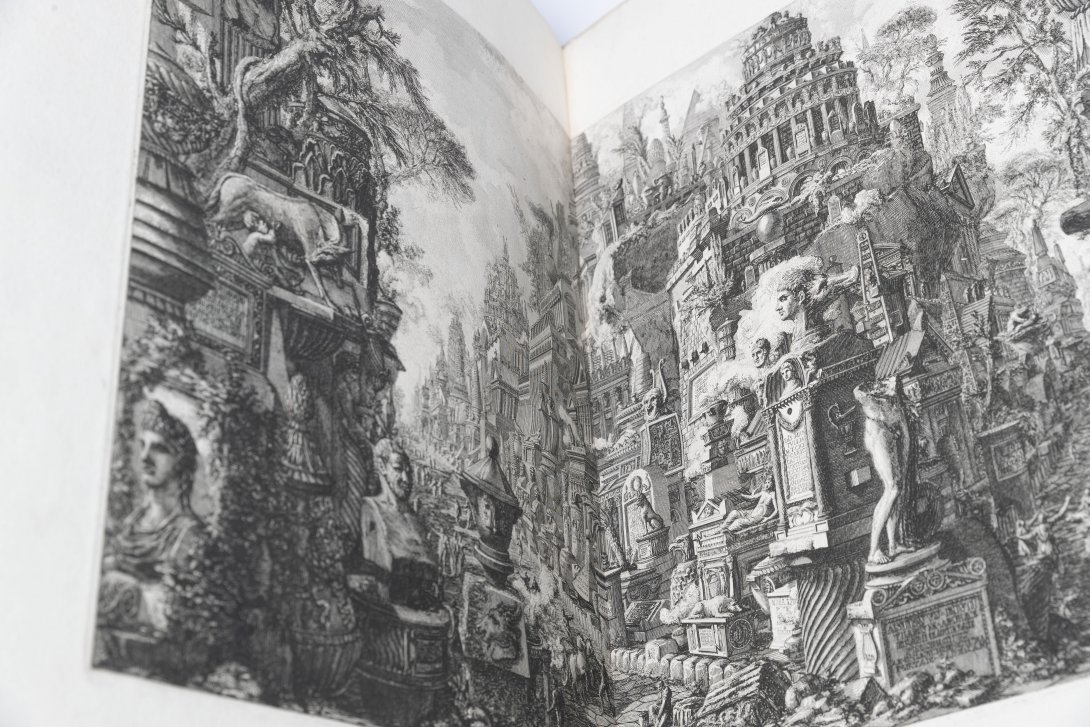
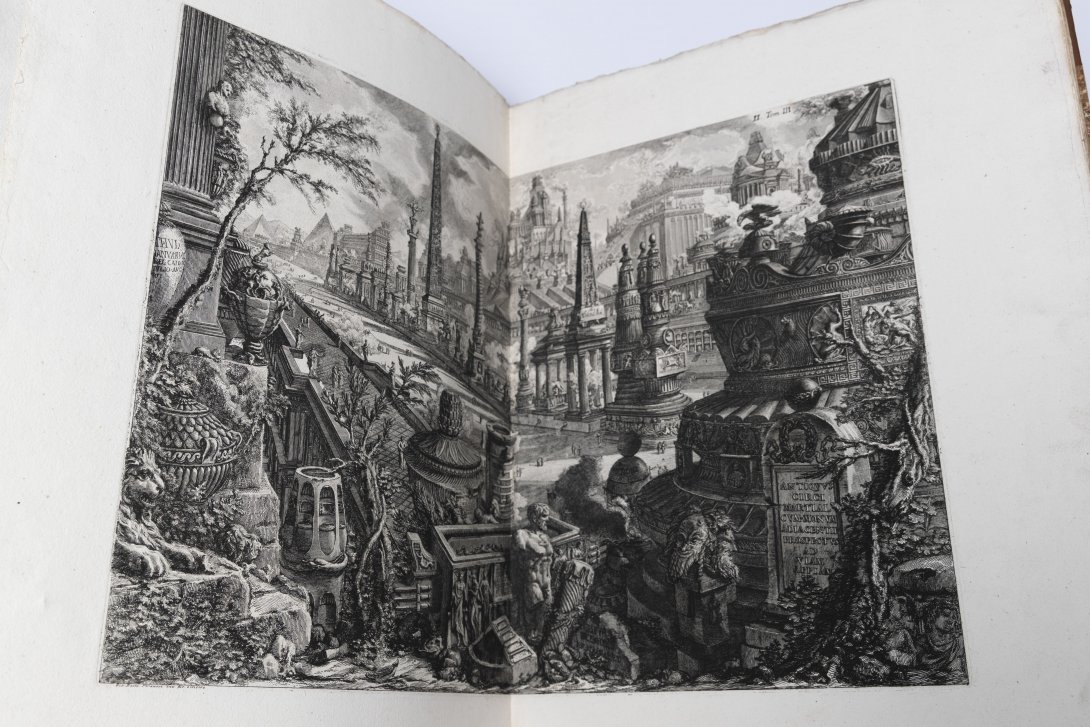
Piranesi worked at a time of growing interest in Roman antiquities. Herculaneum and Pompeii, destroyed by the eruption of Mount Vesuvius near Naples just under 1700 years earlier, were being excavated.
Many of his plates have a sculptural quality to them, as if you could reach out and touch these fragments of ancient Rome.
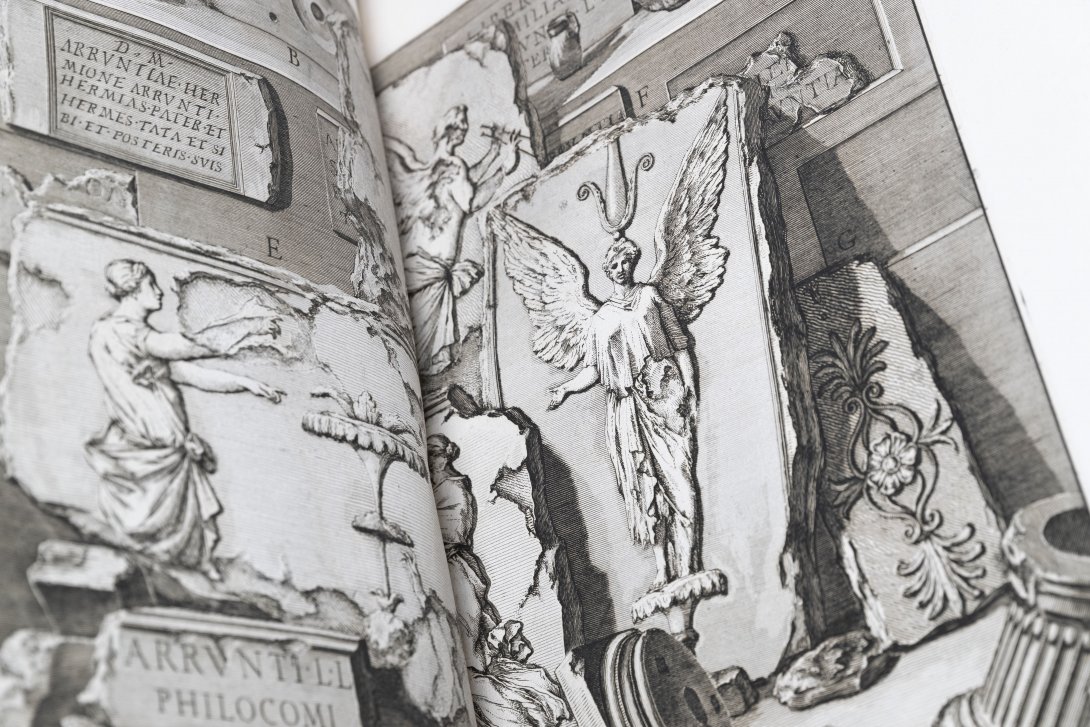
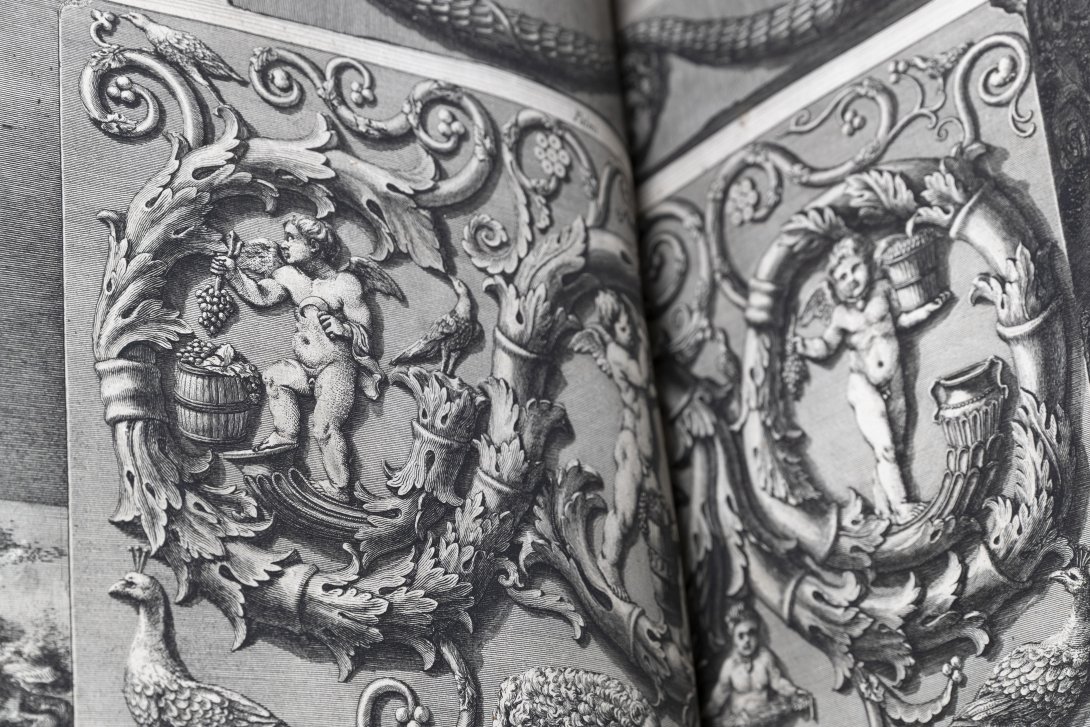
Piranesi’s prints have long been popular. In the eighteenth century they were sought after as a souvenir of the Grand Tour – their equivalent of a gap year for young men. These volumes are part of the Clifford Collection, a formed collection of rare books and manuscripts acquired by the Library in 1963.
This is Rare Books and Music Curator Dr Susannah Helman's latest rare book highlight – we hope you have enjoyed exploring this publication.